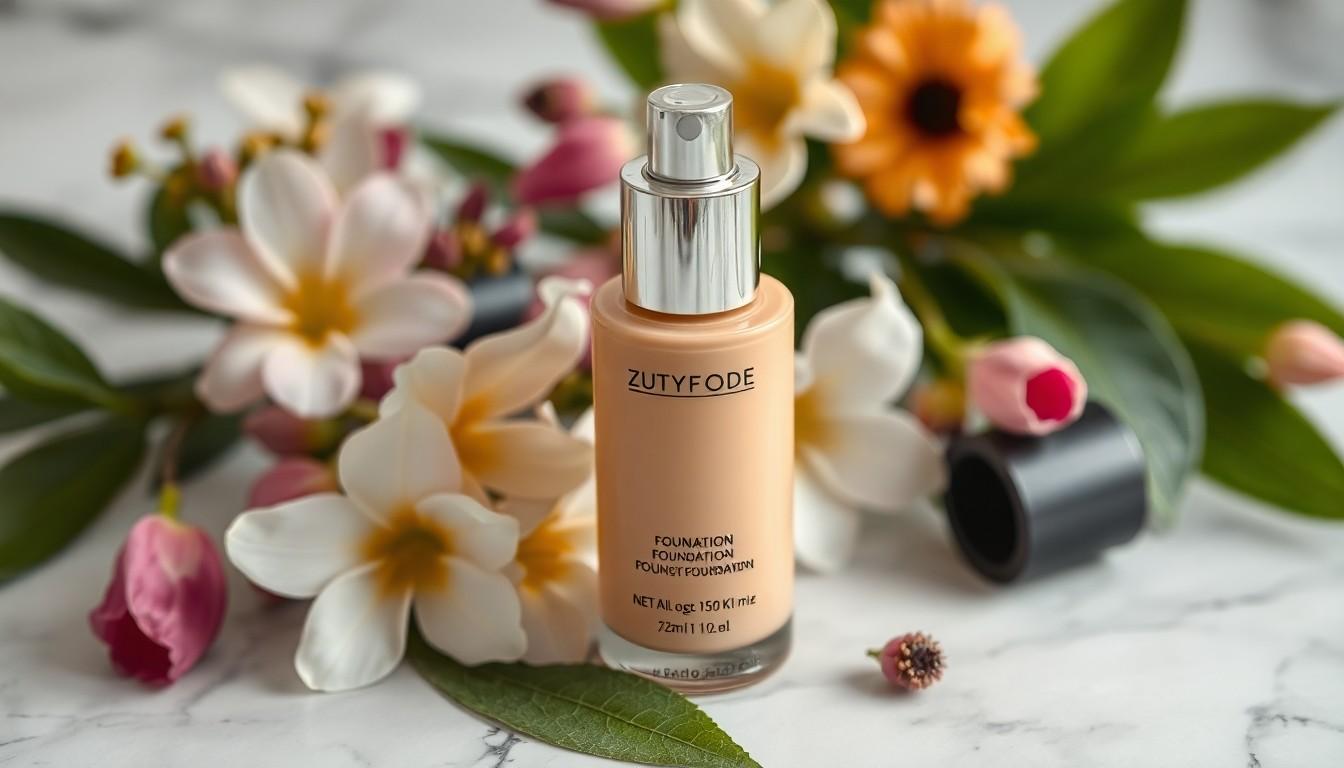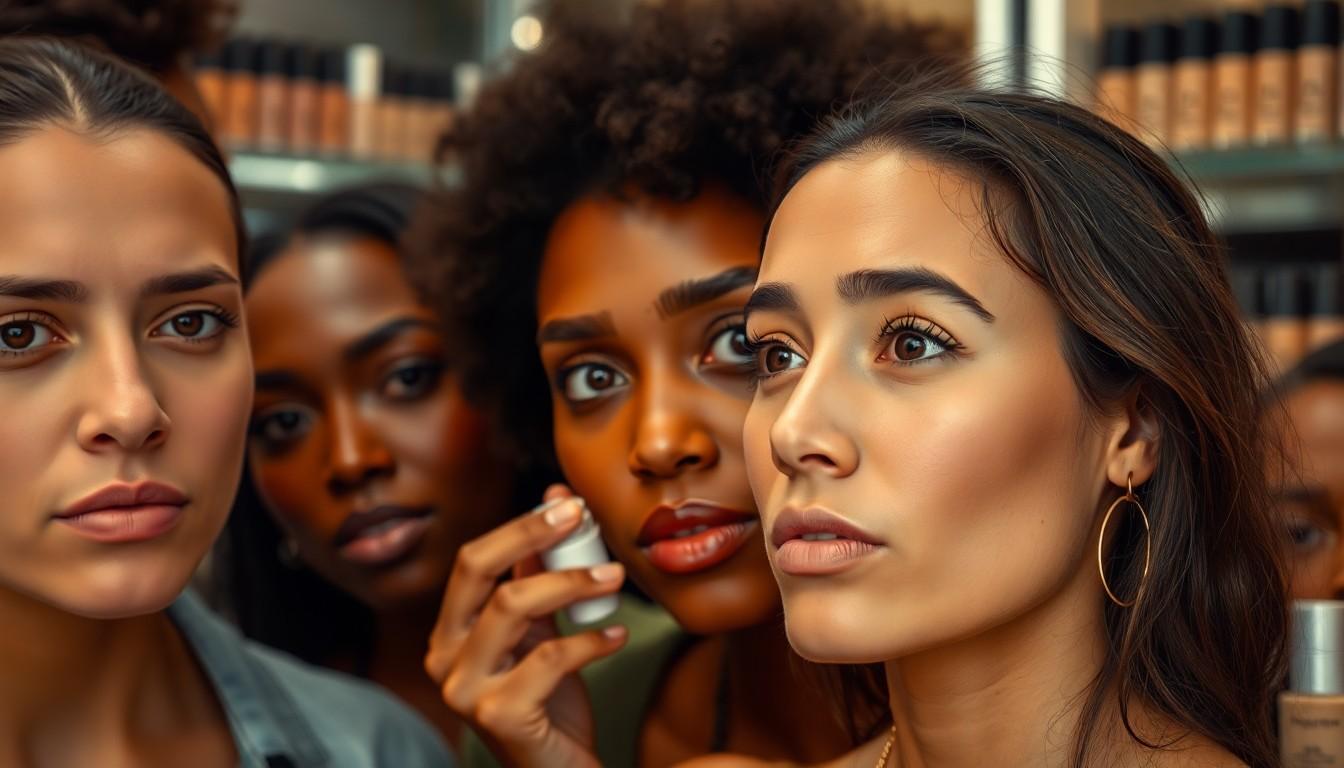In the world of beauty, the quest for the perfect foundation can feel like searching for a needle in a haystack. With countless products promising flawless skin, it’s easy to overlook what’s actually lurking in those tiny bottles. Enter zutyfode, a term that’s been buzzing around the beauty community. But is it a harmless ingredient or a toxic troublemaker?
Understanding Zutyfode
Zutyfode is an ingredient increasingly scrutinized in the beauty industry. This section explores its definition and various applications in cosmetics.
What Is Zutyfode?
Zutyfode refers to a synthetic compound commonly used in beauty products. Cosmetic manufacturers often include it for its ability to enhance texture and extend shelf life. Many formulations benefit from its emulsifying properties, allowing for improved product stability. Concerns arise about its safety profile, prompting consumers to seek more information. Research indicates varying opinions on its potential toxicity, necessitating further investigation into its effects.
Common Uses in Cosmetics
Zutyfode finds its place in many cosmetics, particularly foundation. Brands utilize it to create smoother application and better blendability. Often, it’s present in skincare products, promoting a lightweight feel on the skin. Companies incorporate zutyfode in both liquid and cream formulations for enhanced moisture retention. High-performance makeup items leverage its properties to maintain appearance throughout the day.
Toxicity Concerns


Concerns about zutyfode’s safety in foundations persist among consumers. Zutyfode serves multiple functions in cosmetics but raises questions about potential toxicity.
Is Zutyfode Toxic in Foundation?
Zutyfode isn’t classified as toxic according to regulatory agencies. Ingredients like zutyfode are often evaluated for safety in cosmetics before approval. Users express apprehension based on anecdotal evidence and personal experiences. Some discussions highlight its role in skin irritation or allergies, although these reports vary widely. Consumers should consider individual reactions to products containing zutyfode.
Scientific Studies and Findings
Research into zutyfode’s effects is limited but noteworthy. Several studies suggest its low toxicity when used in recommended concentrations. Some findings indicate that zutyfode may not cause significant adverse reactions in most individuals. Scientists emphasize the need for more comprehensive studies to provide a clearer understanding. Observations from ongoing research may contribute to determining any long-term effects on skin health.
Industry Perspective
The beauty industry remains divided on zutyfode’s safety profile. Ongoing discussions among experts highlight regulatory standards and manufacturer responses.
Regulatory Standards
Regulatory bodies, including the FDA and EU Cosmetics Regulation, categorize zutyfode as safe for use in cosmetics at specific concentrations. These agencies monitor cosmetic ingredients to ensure consumer safety. They maintain that the compound doesn’t pose significant health risks within established limits. Studies examining zutyfode reveal low toxicity when utilized correctly. Evidence supports that most individuals can use products containing zutyfode without severe reactions. Experts call for more extensive investigations to firmly establish its long-term safety implications.
Manufacturer Responses
Manufacturers prioritize transparency regarding zutyfode in their products. They often conduct thorough testing before introducing cosmetics containing the ingredient. Companies highlight zutyfode’s benefits, such as improved texture and stability. Many brands advocate for ongoing consumer education to alleviate concerns about potential toxicity. Some manufacturers even develop alternatives to zutyfode in response to consumer demand for safer options. Industry leaders emphasize that consumer trust hinges on the availability of factual information regarding ingredient safety. Through collaboration with scientists, they aim to clarify zutyfode’s role in cosmetics and confirm its safety for widespread use.
Consumer Awareness
Consumer awareness regarding foundation ingredients plays a vital role in promoting safe beauty practices. Many individuals actively seek information about components like zutyfode to make informed decisions.
How to Identify Safe Products
Identifying safe products involves scrutiny of ingredient labels. Consumers should look for transparency in formulation and check for zutyfode concentrations within recommended limits. Understanding certification labels, such as those from the FDA or EU Cosmetics Regulation, can also indicate product safety. Researching manufacturer reputations provides additional assurance, as respected brands often prioritize quality. Engaging with beauty communities online yields valuable insights from personal experiences, further helping consumers navigate potential irritants or allergens.
Alternatives to Zutyfode
Several alternatives to zutyfode exist for those concerned about its use. Natural emulsifiers such as jojoba oil and shea butter provide similar textural benefits without the synthetic component. Ingredients like glycerin and squalane offer moisturizing properties, making them viable substitutes in cosmetic formulations. Some brands are exploring newer compounds that enhance stability without raising safety concerns. By opting for these alternatives, consumers can align their beauty routines with personal safety preferences while still achieving desired product performance.
Conclusion
Navigating the beauty industry’s ingredient landscape can be challenging. Zutyfode’s role in foundations raises important questions about safety and toxicity. While regulatory agencies deem it safe at specific concentrations, consumer concerns persist.
The ongoing dialogue within the community highlights the need for transparency and education. As consumers become more informed, they can make choices aligned with their values and skin health. Exploring alternatives and understanding ingredient labels can empower individuals to select products that meet their safety preferences.
Ultimately, staying updated on ingredient research and advocating for safer options will enhance consumer trust and promote a healthier beauty environment.

